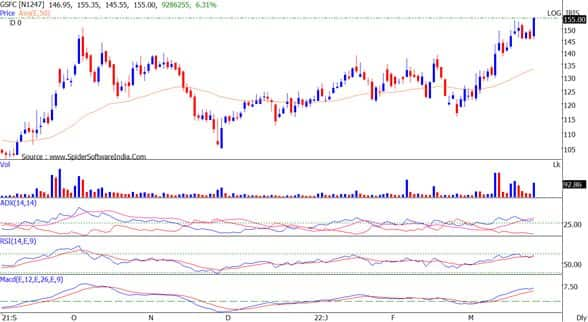
Option as an instrument was created to manage risk. Bringing this into context of our equity options trading, the Calls and Put that we buy from the Sellers of the options, are in principle taking away the risk element from us Buyers of the options. Similarly, when the shoe is on the other foot and when we are on the Sell side of the options, we take disproportionately higher risk compared to the reward (the premium inflow).
Example:
With Stock X Trading at 100
If we Sell 105 Call at Rs 1
Our Reward is 1 at its Maximum
Our Risk = Any amount beyond 105 at which stock closes on the day of expiry.
Limited Risk & Unknown (Cannot say unlimited) Risk.
Now such Sell options trades are resorted to in many option combinations as well. Meaning not just an isolated Sell trade but one Buy option and One Sell or one Buy Option and Multiple Sell and so forth.
The improvement that we will talk about here will work with a simple adjustment to our option trades. This will be achieved by monitoring the trades for Dysfunctional Risk and Getting Rid of them.
Some of the most apt use cases are following 3 kinds of trades done in the beginning of the expiry (when there is majority of time left for expiry compared to time passed).
1. Option Spreads: Typically, option spreads are Buy and Sell position in the same kind of option in the same stock and in most of the spreads same expiry.
Spreads reduce the cost of the Option Trade and thereby the outflow at the cost of restricting profit potential only to the extent of the Sell strike. Oftentimes Spreads are resorted to when the Conviction is low.
In such situations if the stock/index goes in the unfavorable direction, we will start to see both our Buy and Sell Option Premiums go down. There could come a time when the Sell Option premium is down by 70-80 percent of the initiation price.
Now for the 20 percent of the premium holding on to the Sell Position and curtailing our Profit Potential is Dysfunctional Risk.
Since the Sell side option has done what it was supposed to do (well, most of it), we can now close (buy back) that option and keep holding on to the Buy Option trade to its fate.
2. Covered Call: In current market scenario many traders resort to Covered Call Strategies. Here, one would buy a Future and Sell a Call of Strike close to the price objective. Since one is not expecting a big move in a rather nervous market, giving up any profits above the Sold Call strike sounds alright for a cushion of premium received against the option sold.
Assuming we are running this trade with a lower price level, stop loss in the underlying and if we do not hit that for a few days. There is a possibility that a bit of nervousness and passage of time could pull out 70-80 percent value of the Option sold.
Again, for the residual premium holding on to the option becomes bearing Dysfunctional Risk so the wise step would be to Close the Sell Option Trade and hold on to the Future with pre-decided stop loss
3. Time Elapsed Buy Option Trade: All of us trade stocks/indices with Buy Option position in them with a particular Target and Stop Loss in the underlying in mind. In situations when our vision of such Stop Loss and Target gets achieved after a significant passage of time, we end up getting very little or even nothing despite the view being right.
While one may say that there is no risk in Buying Options as I am paying all that I have to upfront, but even in Buy Option Trades lapse of Time can make the Option Trade Dysfunctional as it may not lose more than the premium paid but it may make very little or nothing even if we achieve our price objective. The measure of Dysfunctional risk here is not Price but Time.
With a lot of option calculators around, it is very easy to identify this Time. Simply calculate the price of your option in any Option Calculator by inputting Price Objective and Stop Loss in the underlying after passage of incremental times. This will give us Target & Stop Loss Premiums.
Note down Such Target Premiums and Stop Loss Premiums after passage of 1,2,3 etc days. We would come across one such day after which the profit we would make at Target premium is less than twice the Loss we would make at Stop Loss Premium. That is the time after which our Buy Option trade starts becoming dysfunctional.
The solution is to identify such time when being invested into the premium becomes Dysfunctional Risk and Close it.
Such practice may not be a huge money maker but can definitely carve out a lot of efficiency from the existing trades.
Disclaimer: The views and investment tips expressed by investment experts on Moneycontrol.com are their own and not that of the website or its management. Moneycontrol.com advises users to check with certified experts before taking any investment decisions.

